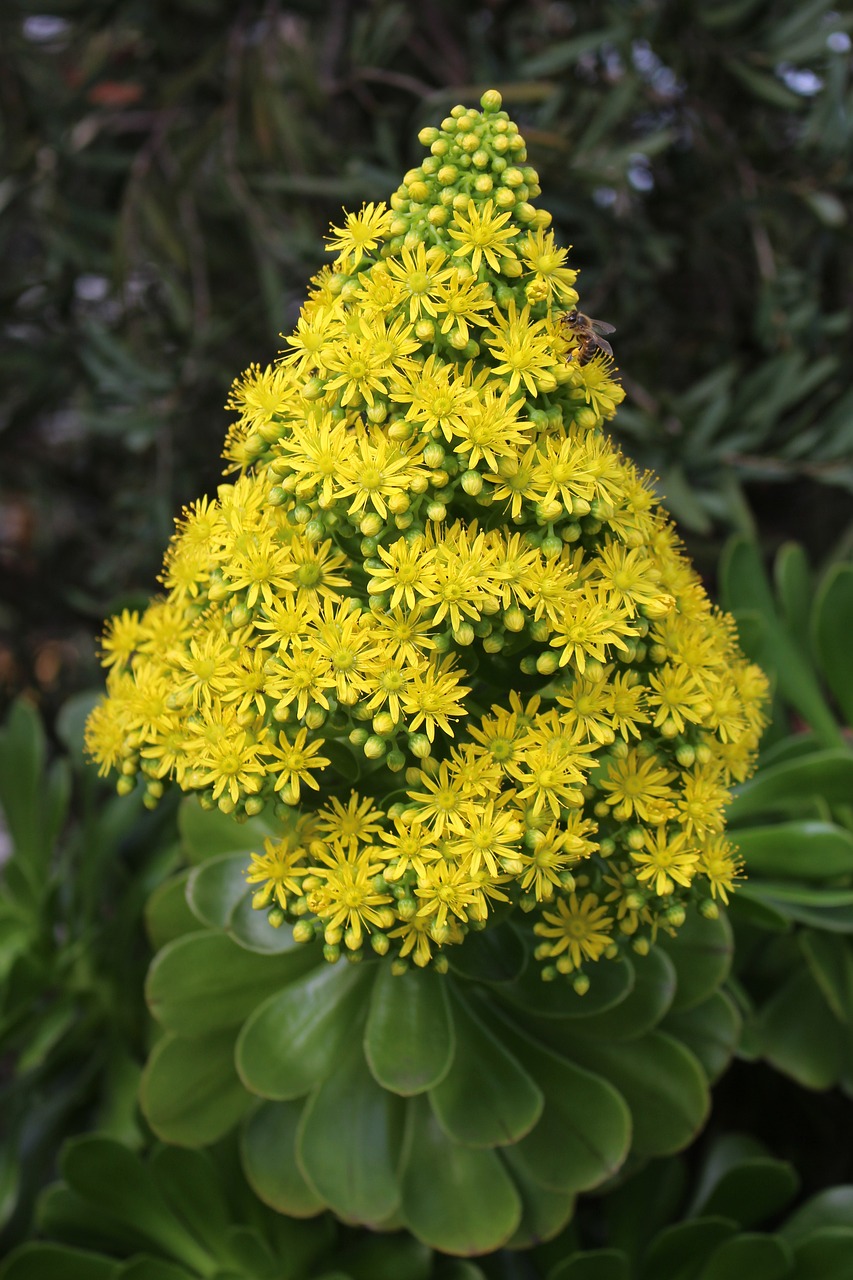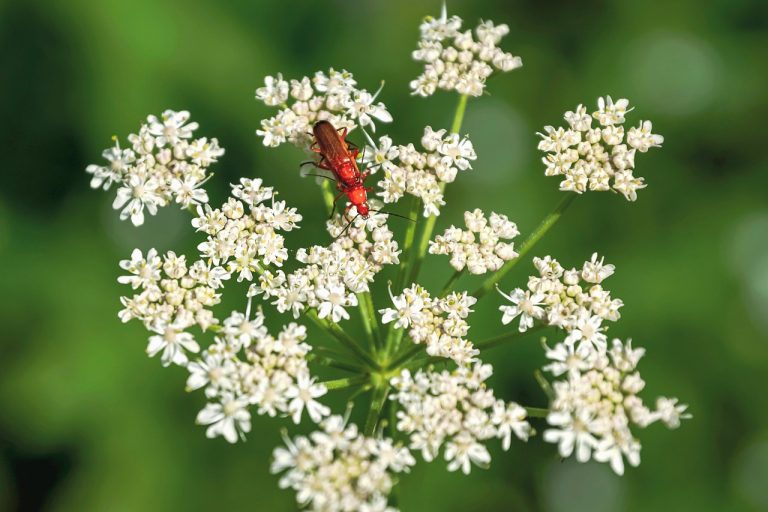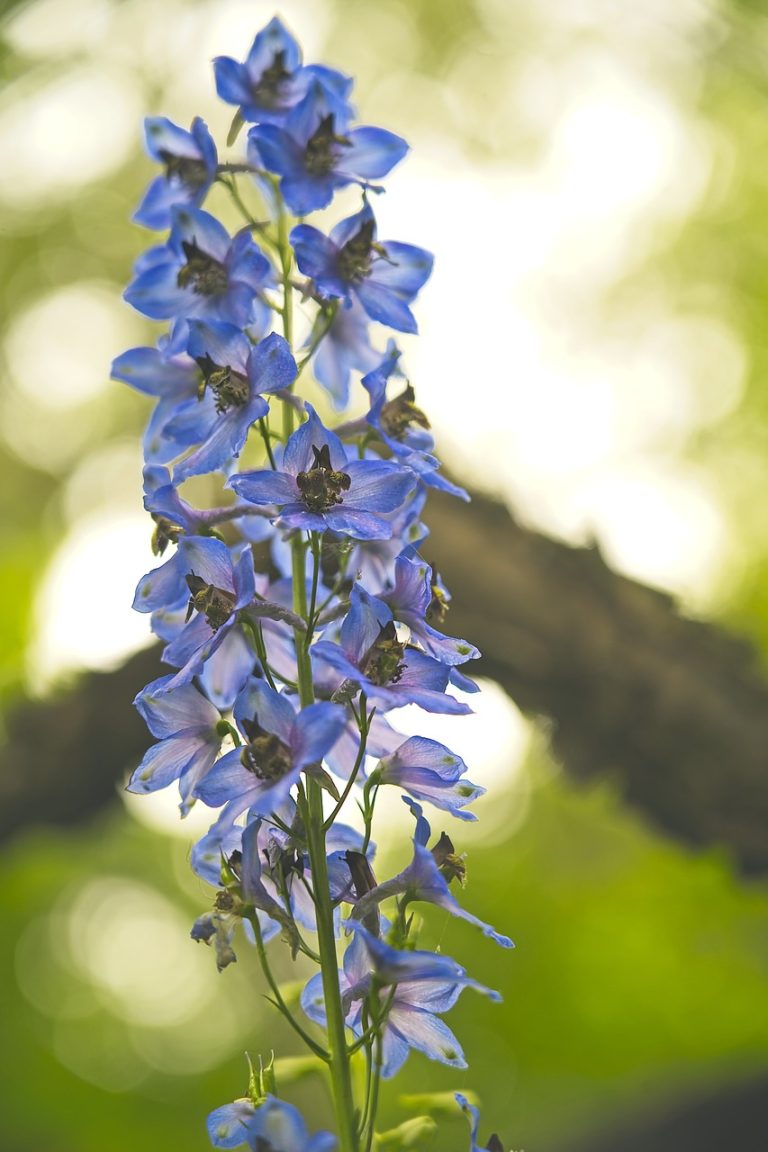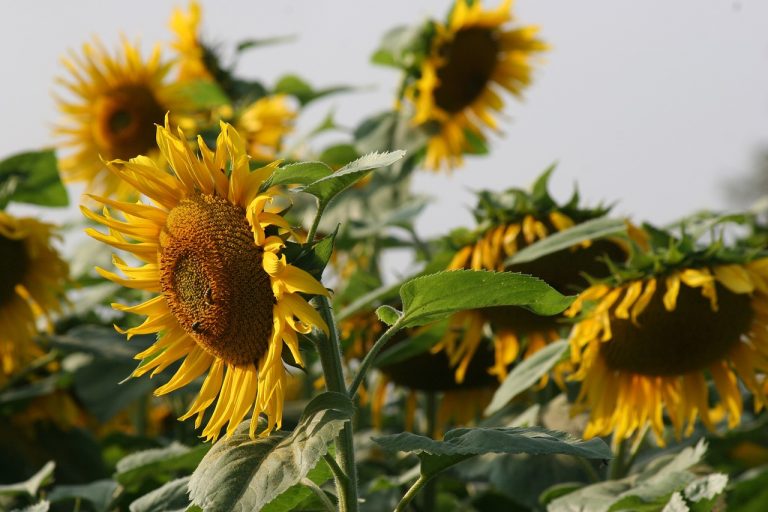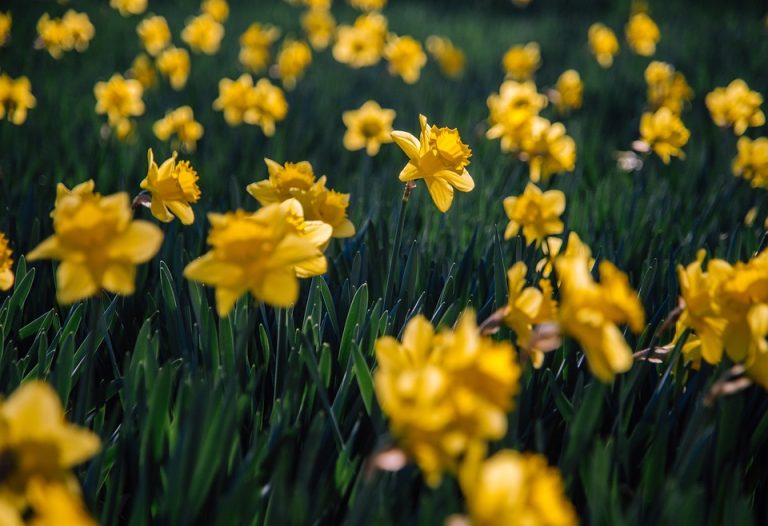Protecting Aeoniums in Winter (5 Positioning and Insulation Tips for Gardeners)
Winter poses a whimsical challenge for the resilient yet delicate Aeoniums, transforming their usual grace into a delicate balancing act between survival and vulnerability. As frost kisses the air and temperatures plummet, these vibrant succulents, with their ornate rosettes and striking colors, demand a shield against the harsh cold. Protecting Aeoniums in winter isn’t just a task; it’s an art of preservation, an endeavor to weave a warm blanket amidst the icy winds, ensuring their endurance and vibrancy through the chilling months.
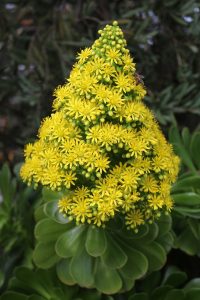
HOW TO PROTECT AEONIUMS IN WINTER?
For protecting Aeoniums in winter, shift them indoors, create insulated environments, and use mulching techniques. Monitor weather changes, adjust watering, and prune damaged parts post-winter for their revival.
In winter, safeguard Aeoniums by bringing them indoors, setting up insulated microclimates, and applying mulch around their base. Monitoring weather changes is crucial, adjusting watering schedules to prevent damage. After winter, inspect for damage, pruning any affected parts to foster new growth and ensure their survival.
UNDERSTANDING AEONIUMS AND THEIR VULNERABILITY
Aeoniums, known for their striking rosette-shaped foliage, are exquisite succulents prized for their beauty and adaptability. However, their native habitats in mild, Mediterranean-like climates make them susceptible to winter’s harshness in other regions. Their fleshy leaves and shallow root systems render them particularly vulnerable to frost and cold temperatures.
PREPARING AEONIUMS FOR WINTER
Shielding Aeoniums from the chilling effects of winter necessitates proactive measures. As temperatures drop, gradually reduce watering to minimize excess moisture, which can predispose these plants to rot in colder conditions. Additionally, relocate potted Aeoniums indoors or to sheltered areas like garages or greenhouses to protect them from freezing temperatures and frostbite.
INSULATING AEONIUMS AGAINST THE COLD
Mulching around the base of outdoor Aeoniums with materials like straw, pine needles, or dry leaves acts as a protective blanket, moderating soil temperature and shielding roots from the cold. Furthermore, employing frost cloths or burlap covers over plants during freezing nights serves as an additional barrier against icy conditions, preserving the plants’ health.
MONITORING AND CARE DURING WINTER
Regular monitoring remains pivotal during winter. Inspect Aeoniums periodically for signs of stress or damage caused by frost. Prune away any damaged or diseased parts cautiously to encourage healthy regrowth in the upcoming seasons. Moreover, refrain from fertilizing during winter, as Aeoniums enter a dormant phase and do not actively grow during this time.
GRADUAL REINTRODUCTION TO SPRING
As temperatures rise and the frost risk diminishes, gradually reintroduce Aeoniums to their regular watering schedule and sunlight exposure. This transition period aids the plants in awakening from their dormant state, prompting new growth and rejuvenation.
Frequently asked questions and their answers about protecting Aeoniums in winter:
How can I tell if my Aeoniums are suffering from winter damage?
Look for blackened or mushy spots on leaves, indicating frost damage. Wilted or discolored foliage might also signal cold stress.
Should I bring my Aeoniums indoors during winter?
Yes, especially if temperatures drop significantly. Aeoniums are sensitive to cold; shifting them indoors can protect them from frost.
What’s the best way to create a suitable indoor microclimate for Aeoniums?
Place them near south-facing windows to ensure adequate sunlight and use a humidifier to maintain ideal moisture levels.
Can Aeoniums tolerate mild winters if placed in a sheltered outdoor area?
While some varieties can withstand mild cold, it’s safer to move them indoors during winter to prevent potential damage.
Should I continue watering my Aeoniums as frequently in winter?
No, reduce watering frequency during winter as Aeoniums require less water in colder months.
What protective measures can I use outdoors to shield Aeoniums from frost?
Mulching around the base of plants and using frost cloths or temporary shelters can protect them from freezing temperatures.
Can I fertilize Aeoniums during the winter months?
It’s best to avoid fertilizing in winter as Aeoniums are in a semi-dormant state and don’t require additional nutrients.
Is it advisable to prune Aeoniums during winter?
Minimal pruning is recommended in winter. Remove damaged or dead parts to encourage healthy growth post-winter.
Can I propagate Aeoniums during winter?
While it’s possible, propagation might be slower in colder months. It’s ideal to wait until warmer weather for quicker success.
How long does it take for Aeoniums to recover from winter damage?
Recovery time varies based on the extent of damage. With proper care post-winter, Aeoniums can rejuvenate within a few weeks to a couple of months.
CONCLUSION
In the intricate dance between nature’s elements and the resilience of Aeoniums, safeguarding these captivating succulents in winter emerges as a testament to mindful care and proactive measures. As the frost retreats and the chill subsides, the efforts invested in shielding these delicate plants from the harshness of winter yield a rewarding sight—the revival of their vibrancy and resilience.
With each protective step taken, from shifting indoors to crafting insulated microclimates and employing nurturing techniques, the journey of safeguarding Aeoniums in winter embodies a commitment to their beauty, ensuring their return with renewed splendor when the frost retreats and spring rekindles life’s vigor.

